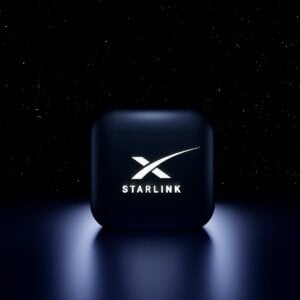Elon Musk Envisions Starlink Satellites as Future Space-Based Data Centers

Starlink satellites are primarily recognized for delivering high-speed internet across the globe—but according to SpaceX CEO Elon Musk, their potential may soon extend far beyond connectivity. Musk has hinted that future Starlink satellites could function as orbiting data centers, hosting powerful computing systems directly in space.
Building Data Centers in Orbit
Transforming satellites into data centers is an ambitious goal. However, Musk believes that SpaceX already has a strong foundation through its next-generation Starlink V3 satellites, which are capable of transmitting gigabit internet speeds. “Simply scaling up Starlink V3 satellites, which have high-speed laser links, would work,” Musk posted on X (formerly Twitter). “SpaceX will be doing this.”
Powering AI in Space
The idea aligns with recent discussions in the tech industry about moving AI data centers to space—a strategy that could reduce the environmental footprint of energy-intensive computing on Earth. SpaceX’s V3 satellites, which are significantly larger than the current V2 Mini models, are designed to be launched aboard the company’s Starship rocket. Each satellite could weigh up to 2,000 kilograms (about 4,400 pounds)—almost four times the weight of earlier versions.
Musk’s remarks suggest that these satellites could eventually grow even larger, incorporating onboard computing systems powerful enough to handle AI model training and data processing. Ground-based users would then be able to connect remotely to these orbiting servers through Starlink’s high-speed network.
The Role of Laser Links
A major challenge for any space-based data center is maintaining a stable, high-speed connection while continuously orbiting Earth. To address this, Starlink satellites are equipped with laser communication links that can transmit data between satellites at up to 2 gigabits per second. This inter-satellite network reduces reliance on ground stations, allowing for faster, more consistent global data transfer.
A Vision Beyond Internet Access
If successful, Musk’s vision could redefine the future of cloud computing, moving it beyond Earth’s surface into low Earth orbit. While there are still engineering and regulatory hurdles ahead, SpaceX’s progress with Starlink and Starship suggests that space-based data centers may one day become a reality—bringing the digital cloud to the stars.

